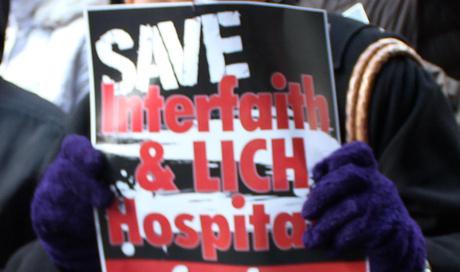OPINION: A hospital is more than a money drain

This newspaper has been faithfully chronicling the ins and outs of the Long Island College Hospital (LICH) and, to a lesser extent, the Interfaith Hospital controversies. Turning our attention to Manhattan, we’re sure most readers are also familiar with the St. Vincent’s Hospital conflict of several years ago.
Implicit in all these controversies, however, is the idea that a hospital is nothing but an endless money drain. There’s some truth to this—many patients are on Medicare or Medicaid. When funds are cut, the hospitals suffer. But hospitals indirectly contribute large amounts of money to the community at large, and when a hospital closes, the entire community suffers as well.
Let’s take hospital beds. Beds require linen, pillows and so on. The company that supplies linen to the hospital probably employs many people and pays a good deal of money in taxes. Without the hospital as a client, that company may have to lay off employees. It will also pay fewer taxes, thus depriving the government of much-needed tax revenue.
